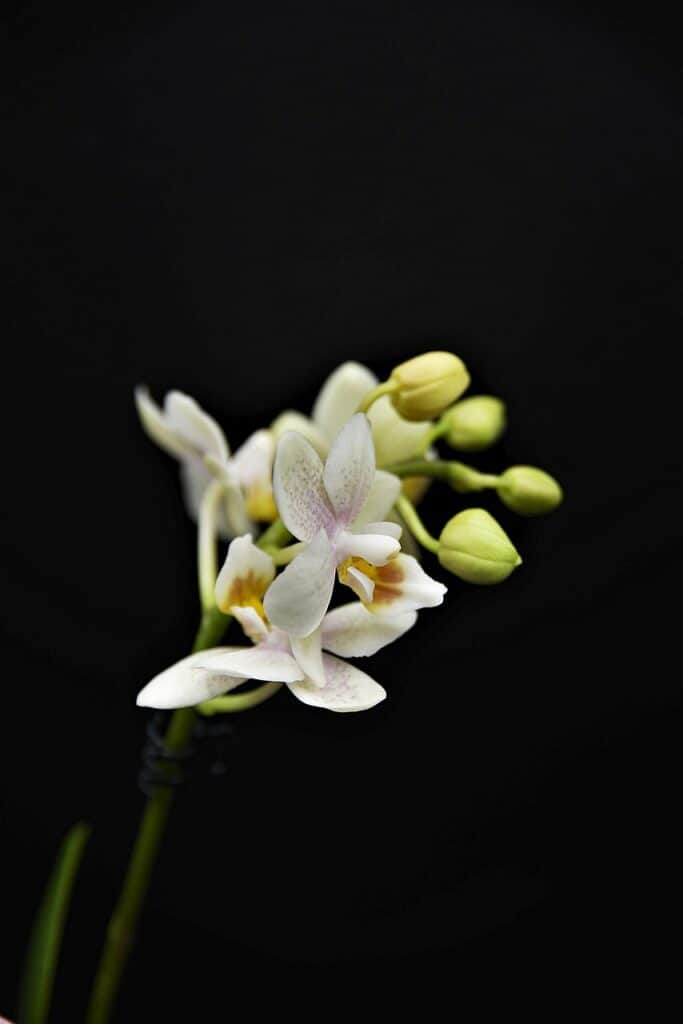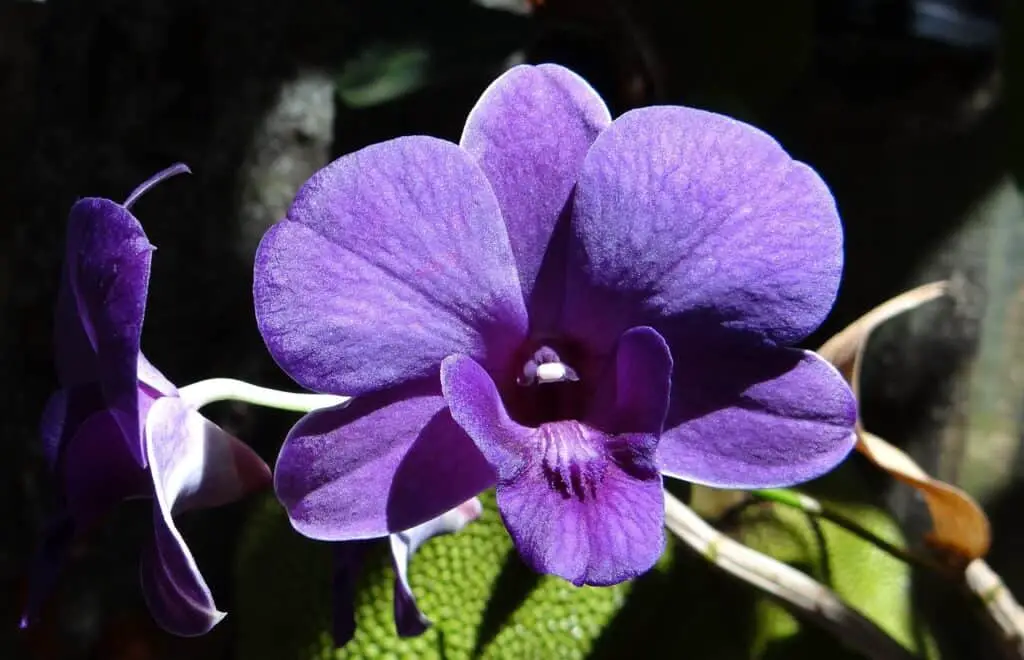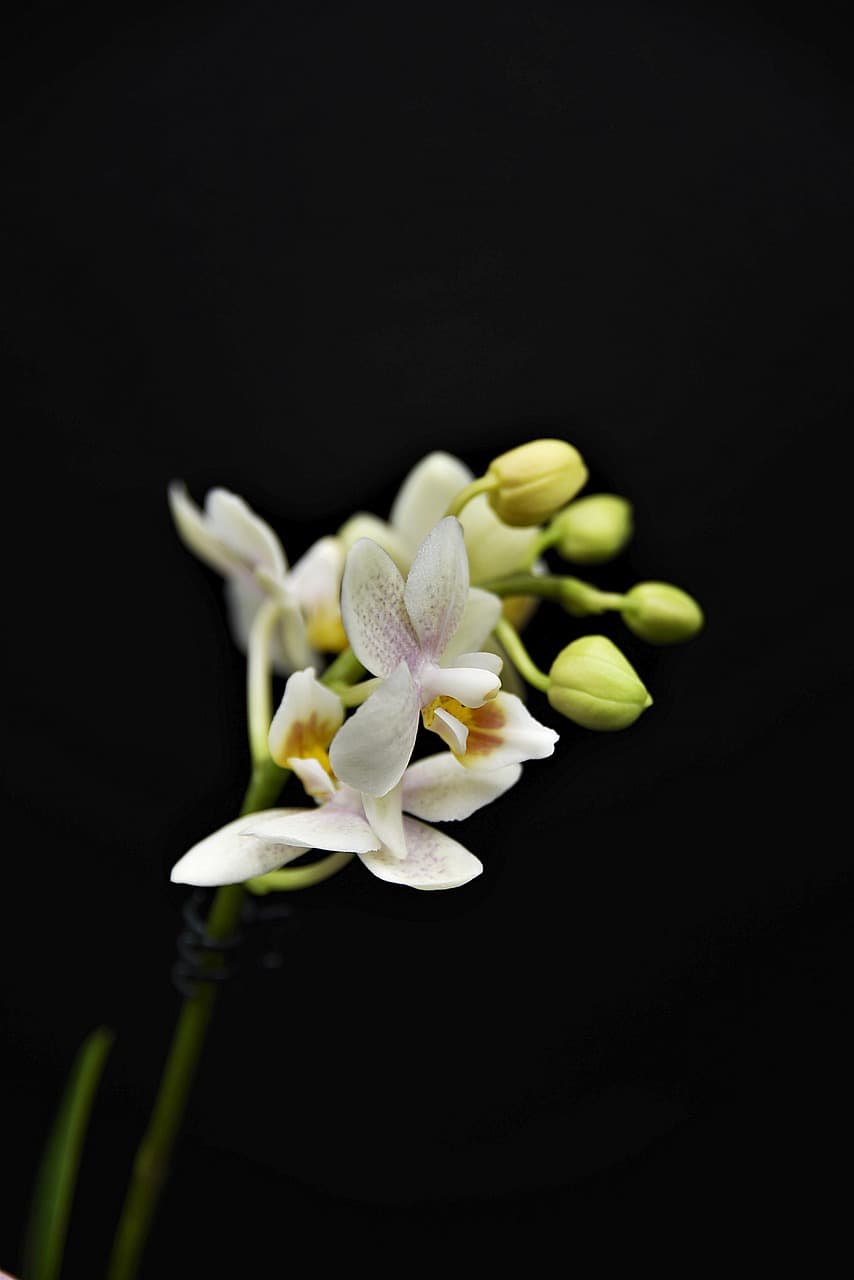Orchids are a popular type of flowering plant that can bring elegance and beauty to any household, but despite their popularity, many people are still unsure about how long orchids live and how to properly care for them. Orchids have a reputation for being delicate and difficult to care for, but with the right knowledge and tips, they can thrive and live a long life. This guide will explore the lifespan of orchids, what factors contribute to their longevity, and how to properly care for them.

The Basics: Understanding Orchid Lifespan and Its Contributing Factors
The lifespan of an orchid can be influenced by multiple factors, with care and environment being among the most important. Without proper care, orchids may die prematurely, whereas optimal conditions may give them up to two decades of life. Light, temperature, humidity, watering, fertilizing, and potting all contribute to an orchid’s overall lifespan. Some orchids need more specific growing conditions than others, so it is crucial to understand what their individual requirements are and provide them accordingly.
The Different Types of Orchids and Their Lifespan Range
There are thousands of different types of orchids, and their lifespan can vary significantly depending on the species. For example, some orchids only live for a few years, while others can live for several decades. Some of the most popular species of orchids and their average lifespans include:
– Phalaenopsis (moth orchids): 2-3 years
– Cattleyas: 10-15 years
– Dendrobiums: 15-20 years
– Paphiopedilums (lady slippers): 5-7 years
– Oncidiums: 5-7 years
Signs of a Healthy Orchid and Potential Risks to Lifespan
The first sign that an orchid is healthy is the presence of green leaves that are firm to the touch and free of any blemishes or spots. If the leaves are turning yellow or becoming limp, it could be a sign of poor lighting, overwatering, or a lack of nutrients. A healthy orchid may also exhibit new growth, which could be leaves, stems, or flowers. Additionally, the roots should be firm, white, and free of rot or disease.
The Impact of Disease, Pests, and Improper Care on Orchid Longevity
Orchids are susceptible to pests and diseases that can shorten their lifespans. Common problems include spider mites, mealybugs, scale, and fungal diseases such as root rot. Improper care, including overwatering, under-watering, or using the wrong type of potting medium can also have detrimental effects on an orchid’s longevity.

Orchid Lifespan Maintenance: Tips and Tricks
One of the most common causes of orchid death is improper watering. It is important to water an orchid only when the potting medium is completely dry, as overwatering can cause root rot and premature death. Fertilizing is another important aspect of orchid care, but over-fertilizing can cause damage and kill the plant. It is recommended to use a balanced orchid fertilizer sparingly, using less than the recommended amount. Potting an orchid in the proper medium is also crucial for its health, using a medium that allows for adequate drainage and airflow.
Pruning, Repotting, and Other Maintenance Steps for Prolonged Orchid Life
Repotting every 2-3 years is an important step in an orchid’s maintenance routine, as it allows for a fresh potting medium and allows for a check of the roots’ health. However, repotting should be done at the correct time and with proper care to avoid disturbing the roots, which could cause damage and stress. Pruning is also an essential part of orchid maintenance, cutting back the spent stem at the base to encourage new growth. Additionally, keeping an orchid’s environment clean and free of debris can prevent diseases and pests from spreading.
Conclusion
By following the tips outlined in this guide, owners of orchids can significantly extend their lifespan, creating a beautiful and thriving plant. Orchids are rewarding to care for and can bring joy to any household, but it takes patience, knowledge, and dedication to ensure they live a long and healthy life. Remember that proper care and maintenance are key to keeping these beautiful flowers healthy and vibrant for years to come.

